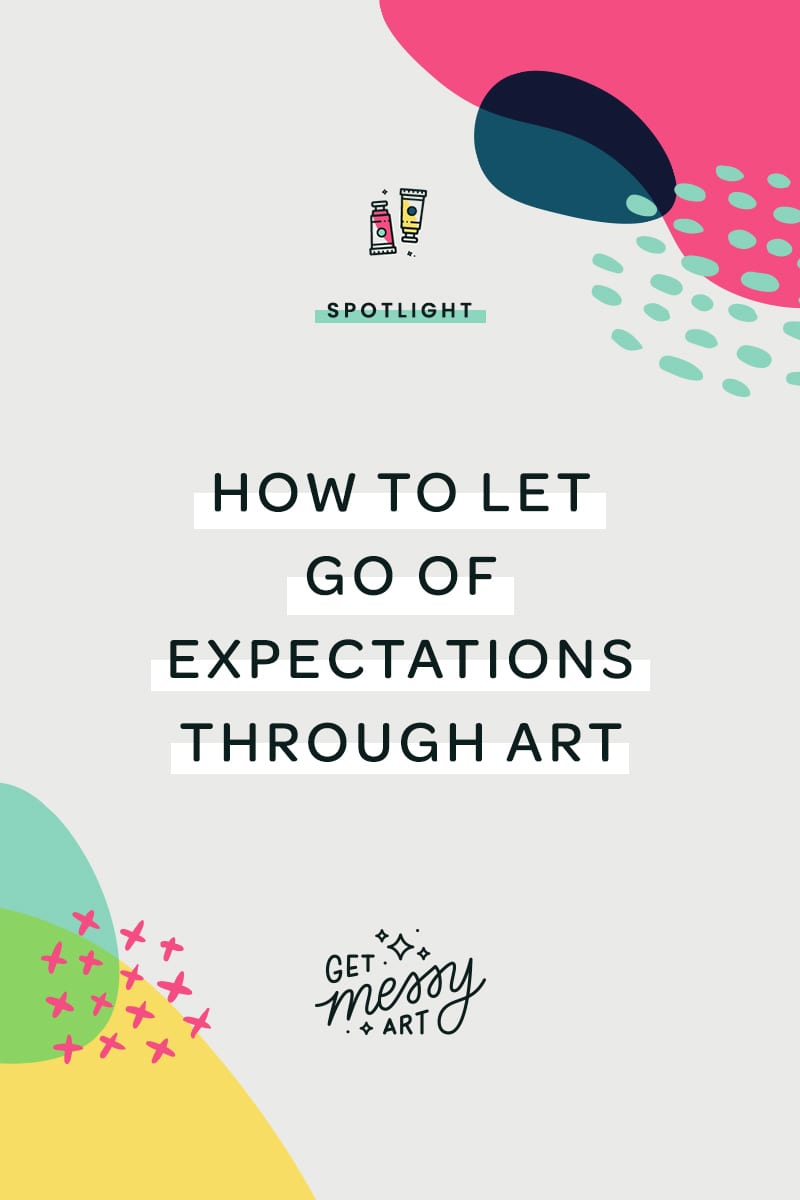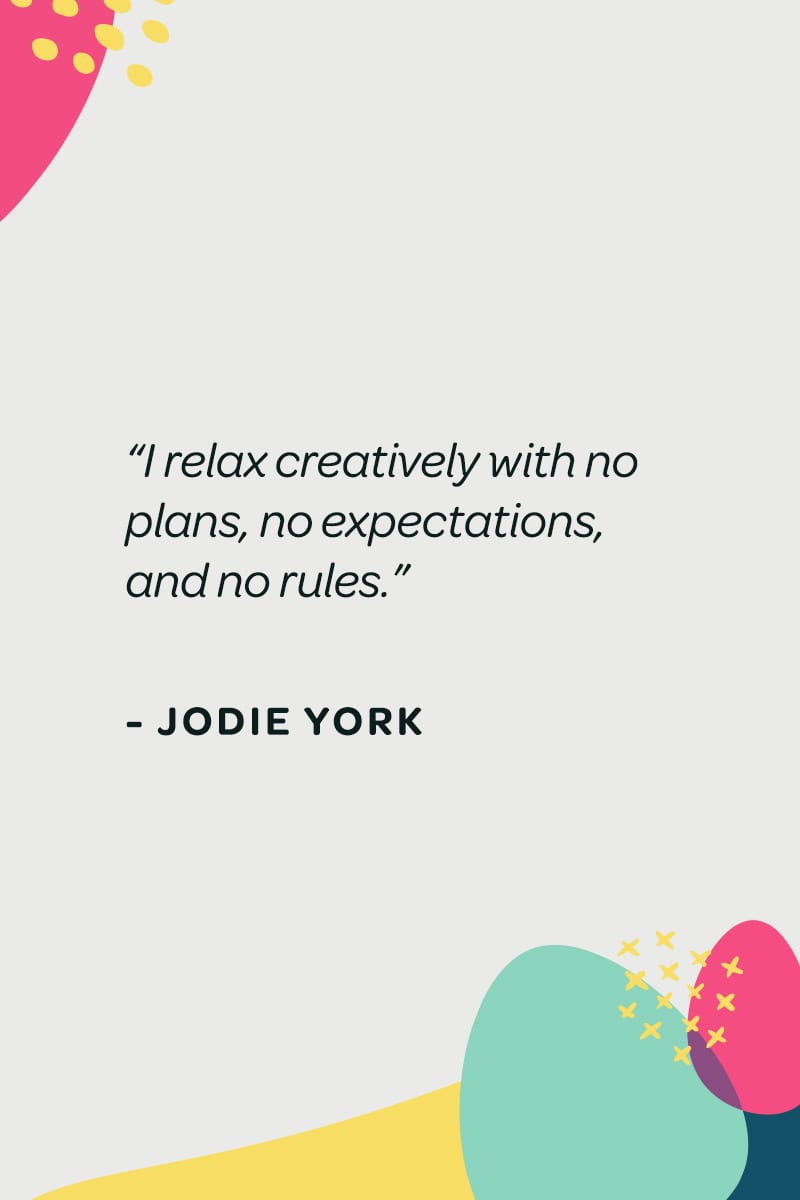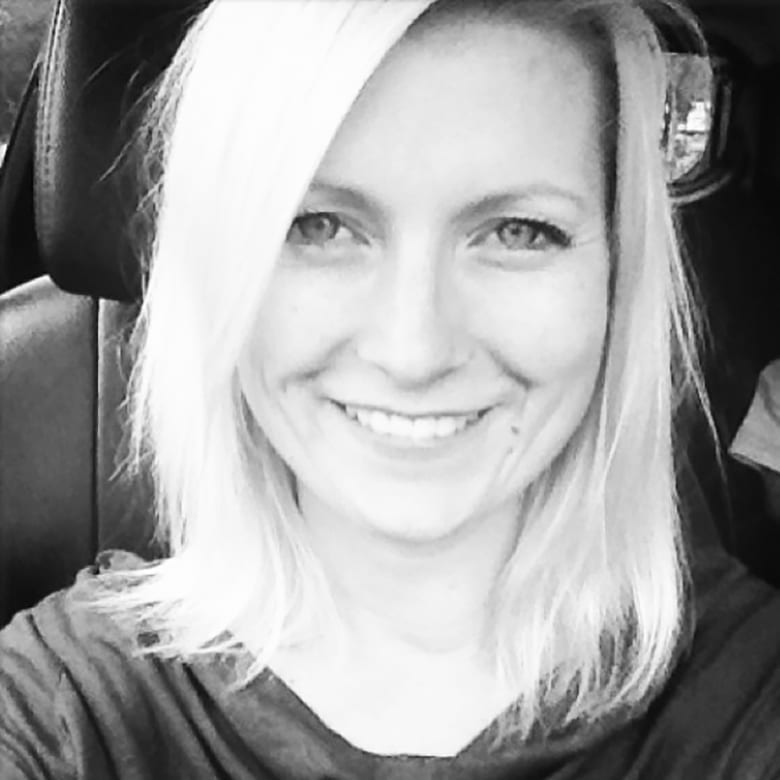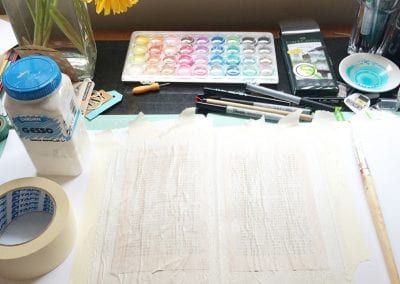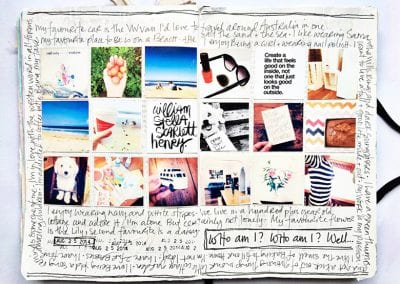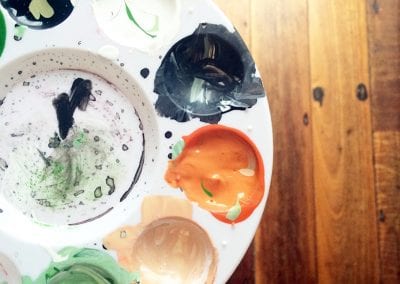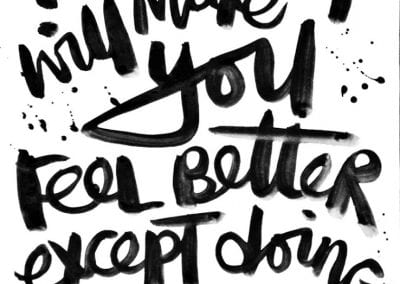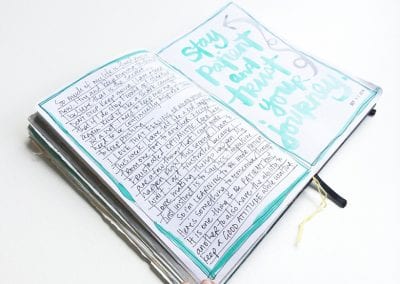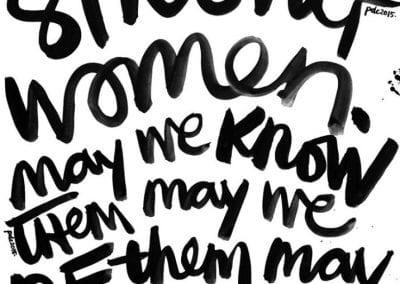Artist Spotlight
Jodie York feels free from rules and expectations in her art journey
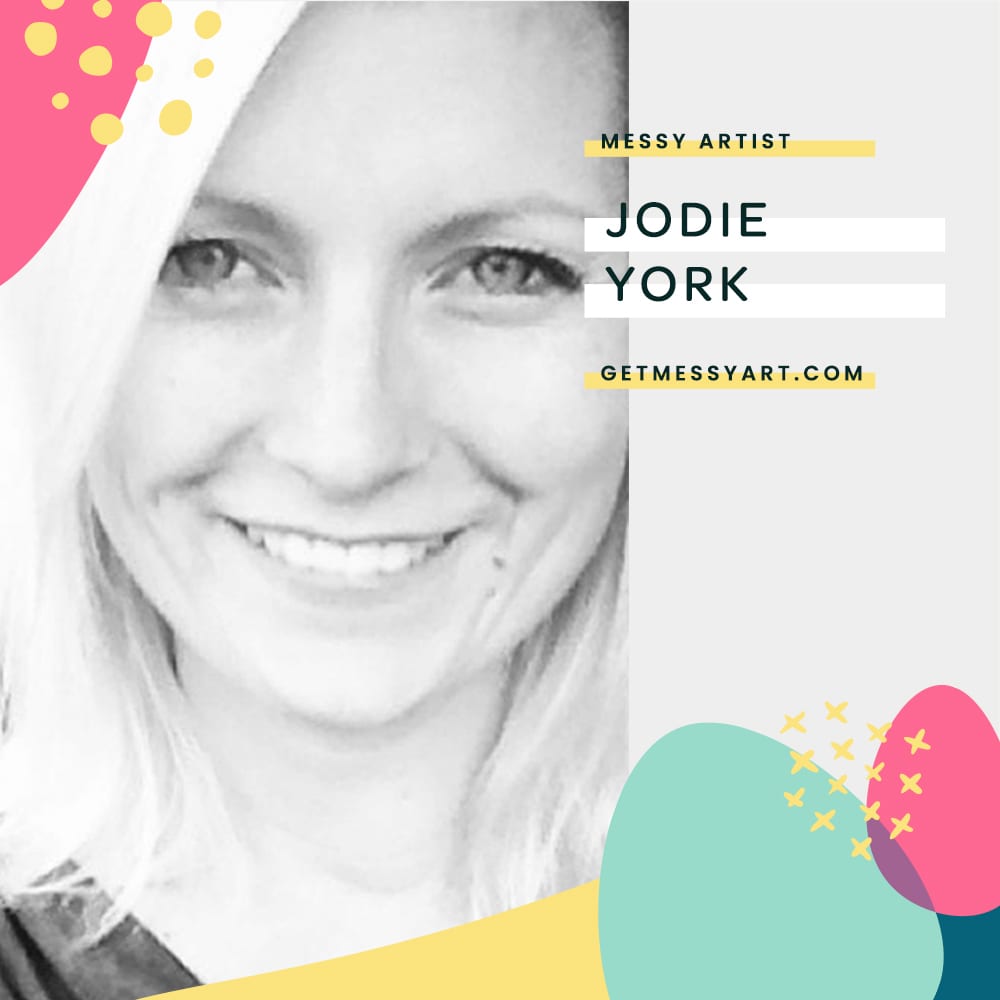
Why do you love art journaling?
I love art journaling for the creative freedom. Full stop. This is where I try out new techniques and products. This is where I relax creatively with no plans, no expectations, and no rules.
Describe your art journaling process.
I start. Sounds pathetically simple but sometimes starting is the hardest part. I definitely work in the moment and create art journal pages about what is on my mind or what is happening in my life at the time. My art journals are very much my visual personal diaries. I don’t work to a plan, taking each creative step as it comes. I like to use supplies that are already out on my workbench using up scraps of products that are lying around which also includes leftover paint on my palette tray. I adore adding texture to my pages and I do this by using paint, fabric, paper, stitching with my sewing machine or by hand and with the use of embellishments. I seem to naturally want to include photographs on my pages too. I guess this is a natural cross overseeing as though I’m heavily into memory keeping. I try and keep a sense of freedom when creating in my art journals. If something isn’t working I just flip the page and start again.
What tips do you have for beginners?
Don’t be afraid. Treat your art journal as your safe creative place and a place of creative growth. You don’t have to show anyone if you don’t want to. Allow yourself this one place, if nowhere else, to be creatively free. Like I said, if I don’t like the way something is turning out flip the page and start again. Be inspired by others but don’t compare your work to others. Be confident. If you like what you have created then, my darling, it is good.
What do you do when you don’t know what to make?
I don’t force it. If I’m lacking in inspiration, I walk away from my journal but I leave it open on my workbench. I make a conscious decision to ‘think’ about what to create rather than ‘stress’ about what I’m going to create reminding myself that my art journals are my happy creative spaces. I also research for inspiration. Pinterest is my first choice. Absolutely fab. Search ‘art journals’ and bam, inspiration galore. Being involved in an art journaling group helps too. Getting prompts is like receiving a springboard for an idea.
What are your must-have supplies? What is your journal of choice?
I’m a huge fan of gesso and I like to start each page by painting it with white gesso, like preparing one of my canvases. I do any writing with a black Artline felt tip pen 0.4. I don’t have a favourite brand of art journal but I do prefer to use an A5 size journal. I don’t feel overwhelmed by this size. And I always find a journal with pages that are heavy enough to hold paint.

What are your favourite tools for brush script?
I use very inexpensive sumi, or bamboo, brushes in varying sizes. Gouache is my go-to paint for the way it holds onto the brush and transfers to the paper or canvas. I also have a little palette tray that is never clean.
How do you come up with ideas for your brush script words?
Most of my work is commission based, so I script the words chosen by my clients. If I am preparing pieces for my shop I go to a number of sources such as Pinterest, my photo library of pics that I take of signs/quotes/pages of books that I’m reading. I love words. Always have. Especially positive words that uplift and inspire.
Do you use your art journal to practice your brush script? How do you merge the two parts of your creativity together?
I don’t feel compelled to always include brush script in my journal pages but if the mood takes me in that creative direction then I don’t fight it. If I do include brush script, the merge is pretty seamless seeing as though I like to use paint on my pages and almost always include words.
How do you use brush script to improve your handwriting? Or, what do you do in order to get your brush script handwriting looking the best it can?
There is nothing else I can do to get my brush script work looking its best other than practicing. Scripting page after page after page of exercises first, then page after page of words. It’s all about nailing the spacing of the words, working out what words fit where on the page. I like to nestle the words together. Some days I have to do more drafts than on other days. The days when I get a piece working well quickly are the golden days and are so rewarding.
📌 Pin this or share in Instagram Stories:
